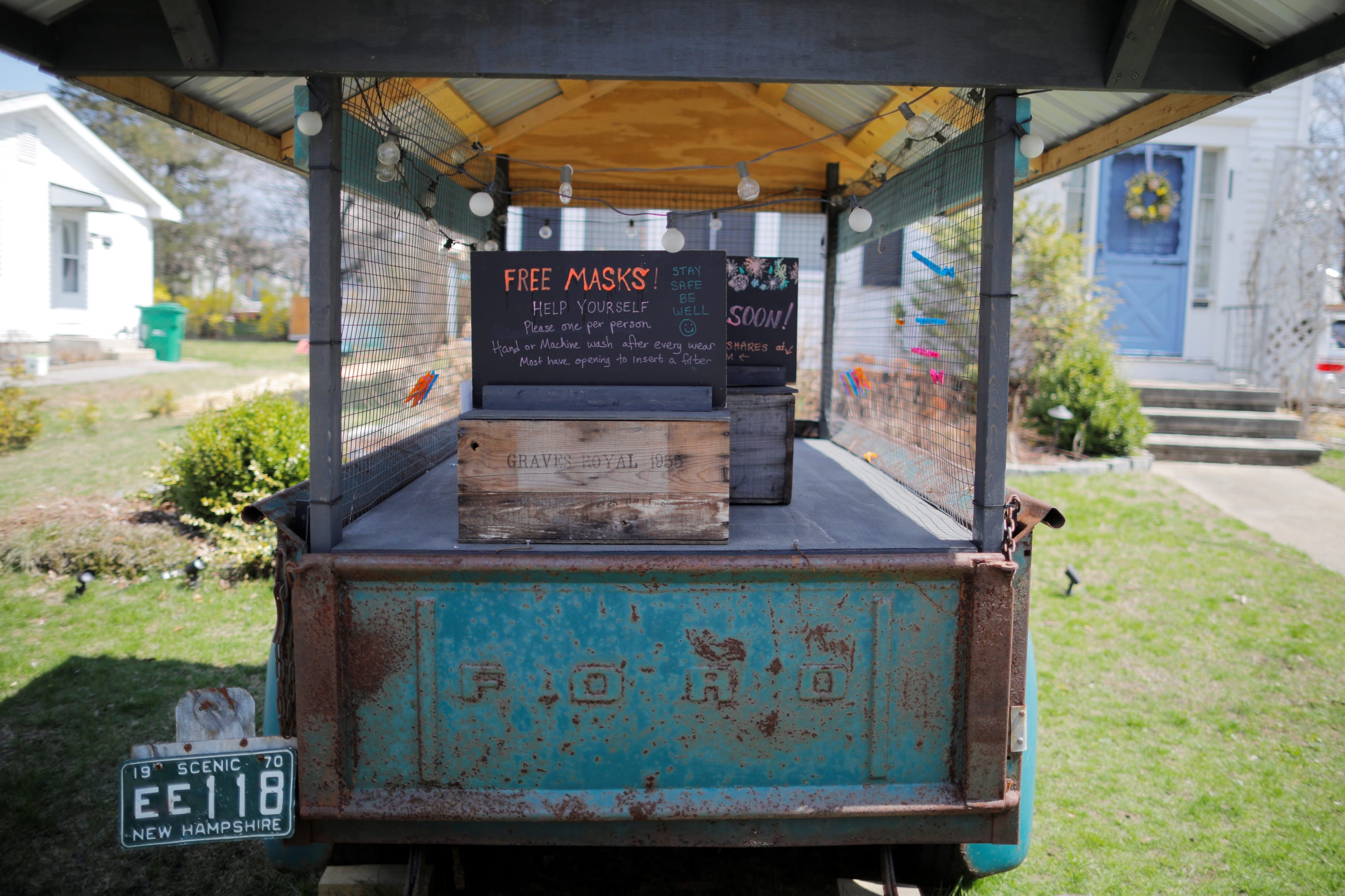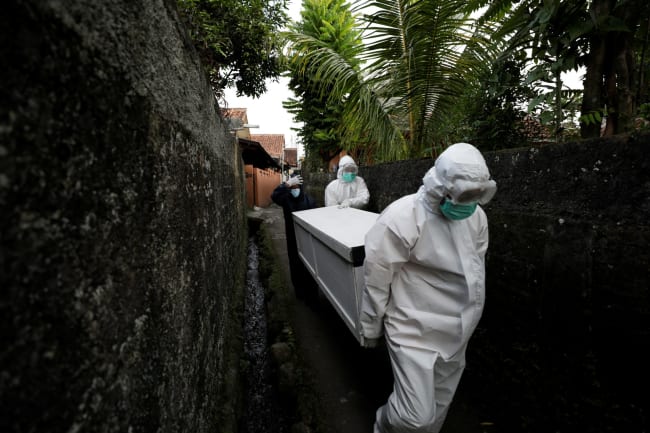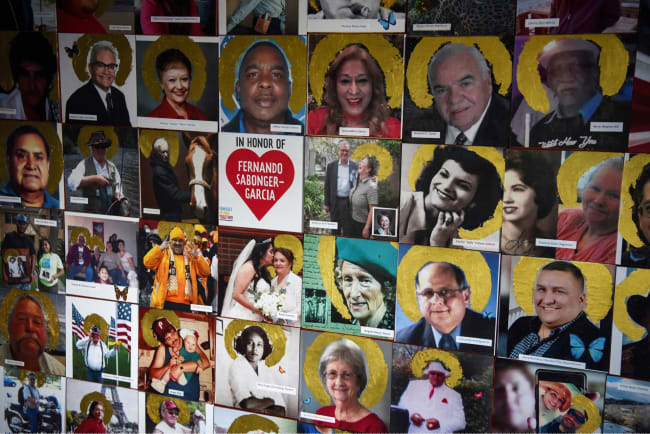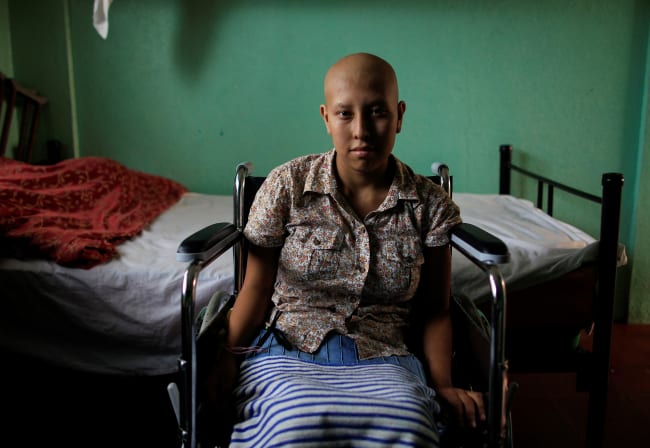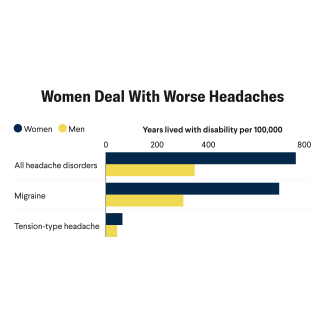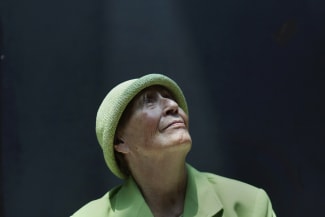The U.S. national public health emergency for COVID-19 ended this week.
After 1.1 million reported deaths, more than six million hospitalizations, and three years in which the United States consistently had among the worst mortality rates in the world, the end of the COVID-19 emergency provides a moment to consider how the country could have done better.
One way to analyze what went wrong is to identify the parts of the United States that performed well consistently.
For most of the pandemic, according to data from a recent study in The Lancet, New Hampshire had the second lowest cumulative COVID-19 death rate in the country. Hawaii had the lowest rate, but New Hampshire offers a better comparison because Hawaii can more easily limit infected travelers to its territory.
If every U.S. state had performed as well as New Hampshire, the country would have had 505,624 fewer COVID-19 deaths between January 1, 2020, and July 31, 2022—a difference of more than 40 percent.
What If Every U.S. State Had the Same Death Rate as New Hampshire?
Deaths from COVID-19
At that rate, COVID-19 deaths in Florida, Georgia, and Texas would have been cut in half, and two-thirds of the deaths in Arizona would have been averted. If the country as a whole had achieved New Hampshire's rate (218 deaths per 100,000), it would have done as well as many other high-income nations.
What is it about New Hampshire that enabled the state to do so well in the pandemic?
The overall health of the population in New Hampshire does not explain the state's performance. Prior to the pandemic, the Granite State was in the middle of the pack in terms of average life expectancy, ranking twenty-third among U.S. states on that measure in 2019. Its population is a little older than in the average state, but also a bit healthier. Yet these differences alone don't explain New Hampshire's strong pandemic performance. The state has the second lowest COVID-19 death rate in the country, even when adjusted for state-level differences in age and rates of diabetes, obesity, and other health conditions that made COVID outcomes worse.
There was no relationship between the political affiliation of a state's governor and the number of deaths that state suffered in the pandemic
New Hampshire also was not a leader in adopting protective policy mandates and behaviors. It ranks in the bottom half nationally on mandate propensity, a summary measure of a state's overall use of COVID-19 policy mandates, such as business and school closures, mask mandates, and gathering restrictions. Granite Staters took measures to protect themselves, demonstrating good, but not leading vaccine coverage rates, mask use, and declines in mobility relative to pre-pandemic levels. New Hampshire's governor, Chris Sununu, is a Republican. Politics clearly shaped the COVID response, but study in The Lancet found no relationship between the political affiliation of a state's governor and the number of deaths that state suffered in the pandemic. The governors of the top best performing states in the pandemic were evenly split between Republicans and Democrats.
New Hampshire's Ranking on COVID-19 Pandemic Policies, Protective Behaviors, and Socioeconomic Measures
Instead, New Hampshire's performance during COVID-19 appears to arise from two factors.
Low Racial and Socioeconomic Disparities
First, the state has low rates of the racial and socioeconomic disparities by U.S. standards and The Lancet study suggests those disparities played an outsized role COVID-19 outcomes. The Granite State is one of the least diverse in the country, with low percentages of the population in each of the state's counties belonging to racial and ethnic minority groups. It also has the nation's lowest poverty rate, high levels of average educational attainment, and excellent access to quality health care and low rates of uninsured. New Hampshire also reports the nation's highest levels of interpersonal trust—the trust that people have in one another—that makes it easier to mobilize against a pandemic.
Poverty and low educational attainment keep people from living in healthy neighborhoods and residences, maintaining healthy behaviors, and affording health care. Individuals deemed to be essential workers have, on average, lower incomes and education levels and were less likely to be able to work remotely and maintain physical distancing during the pandemic. Essential workers are also disproportionately Black, Hispanic, or Native American as well as more likely to live in multigenerational households—where SARS-CoV-2 spreads more easily—and to face systemic discrimination and socioeconomic disadvantages in accessing health-care services. Given such entrenched historical inequities, it is unsurprising that rates of interpersonal trust are low in states with large populations of people who identify as Black.
Ten percent of New Hampshire's vaccine supply was reserved for highly vulnerable populations
Black, Hispanic, and American Indian and Alaska Native people in the United States perished from COVID-19 at 1.6 times or more of the rate whites did. Some of the worst performing states were southern states such as Mississippi and Alabama that are characterized by greater income inequality, which is not true of most other Republican-leaning states, and by higher rates of people without health insurance, which is not true of most other disproportionately Black states. However, the list of states with the highest adjusted COVID deaths also includes every state—Arizona, California, New Mexico, Nevada, and Texas—where 30 percent or more of the population identifies as Hispanic. Most have Democrat governors and expanded access to Medicaid. Yet, other than California, these states still had high rates of people without health insurance. This lack of health insurance corresponds to national trends, that people who identify as Hispanic (19 percent ) were more than twice as likely as those who identify as white (7 percent) to be uninsured as of 2021 and more likely not to have a personal health-care provider.
An Aggressive Strategy
The second way in which New Hampshire distinguished itself during the pandemic was by being more aggressive than most states in addressing its social and racial disparities. Early in 2021, the Granite State addressed inequities with limited vaccine supply by adopting a vaccine allocation strategy that prioritized the medically vulnerable and other disproportionately affected populations before opening vaccination to all essential workers. Ten percent of the state's vaccine supply was reserved for highly vulnerable populations.
To determine who was eligible for these reserved doses, the Vaccine Allocation Strategy Branch used the COVID-19 Community Vulnerability Index, supplemented by U.S. Census data, to identify individuals and geographic areas at disproportionate risk for infection. The resulting criteria were comprehensive in covering racial and ethnic minorities, the homeless, low-income people, the medically homebound, and those experiencing other barriers to vaccination (such as transport issues and language differences). Notably, New Hampshire's vaccine allocation strategy did not mirror federal recommendations and, according to local state officials, was built on the Granite State's long-standing priority and processes for vulnerable community engagement.
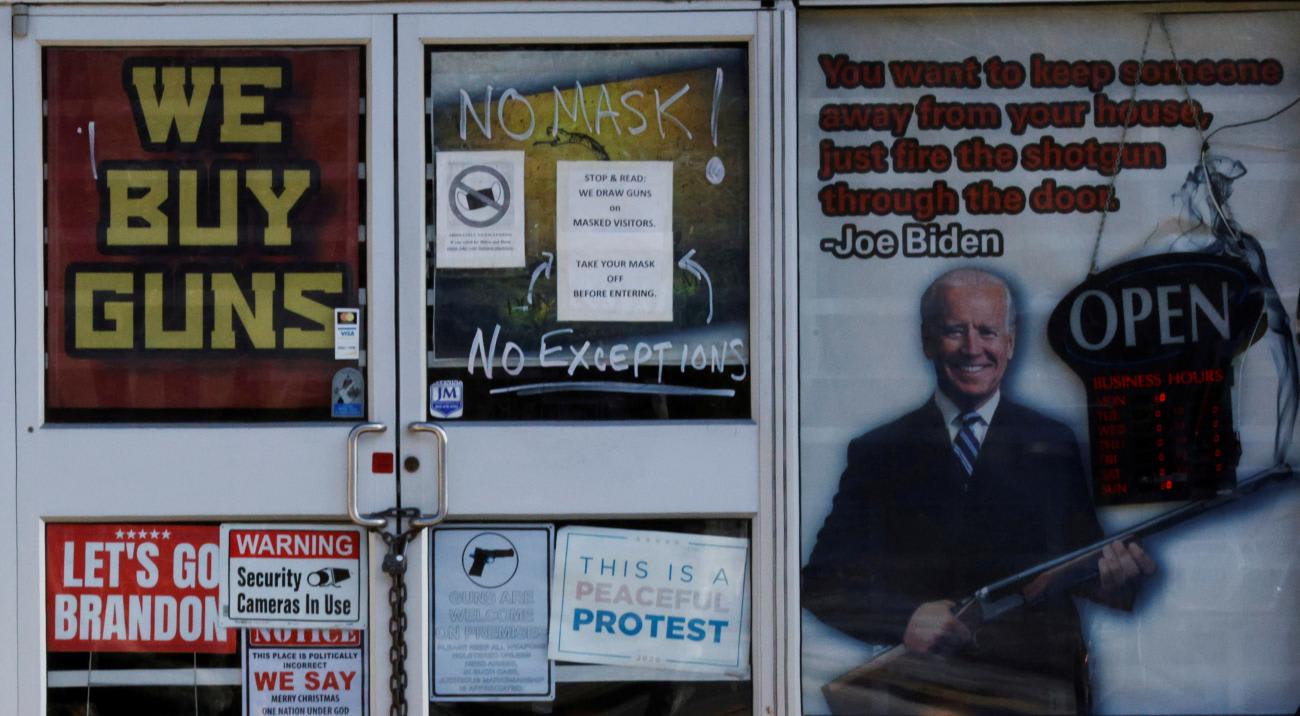
New Hampshire's example demonstrates that the most important lessons from this pandemic are not about protective countermeasures, but instead what COVID-19 revealed about the communities that deploy such measures. The U.S. failure to learn that lesson helps explain why the United States continues to have among the worst COVID-19 mortality rates in the world, despite the arrival of effective vaccines, having an ample and early supply of doses, and the election of a new U.S. president.
Doing better in future health crises depends on reducing socioeconomic inequalities, most notably for Black and Latino Americans, as well as American Indian and Alaska Natives. Partnering with local physicians, health centers, and faith-based institutions in divided communities can help identify trusted messengers and advance public health priorities, data collection, and two-way decision-making and communication with constituents in future crises.
The United States struggled in this pandemic, but not all states struggled equally. As New Hampshire demonstrates, some states did well, even by international standards. If the United States can learn from the hard lessons of COVID-19, perhaps other states will not struggle so much when the next health emergency happens.
